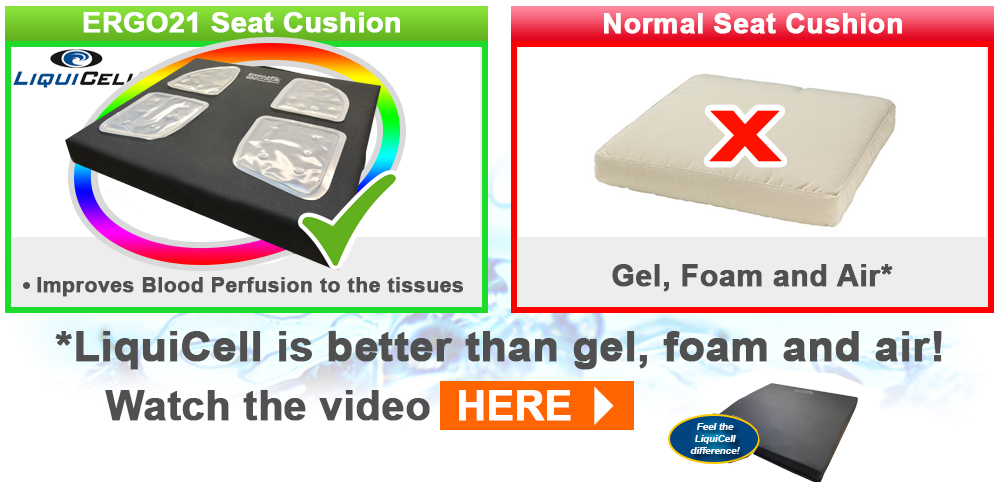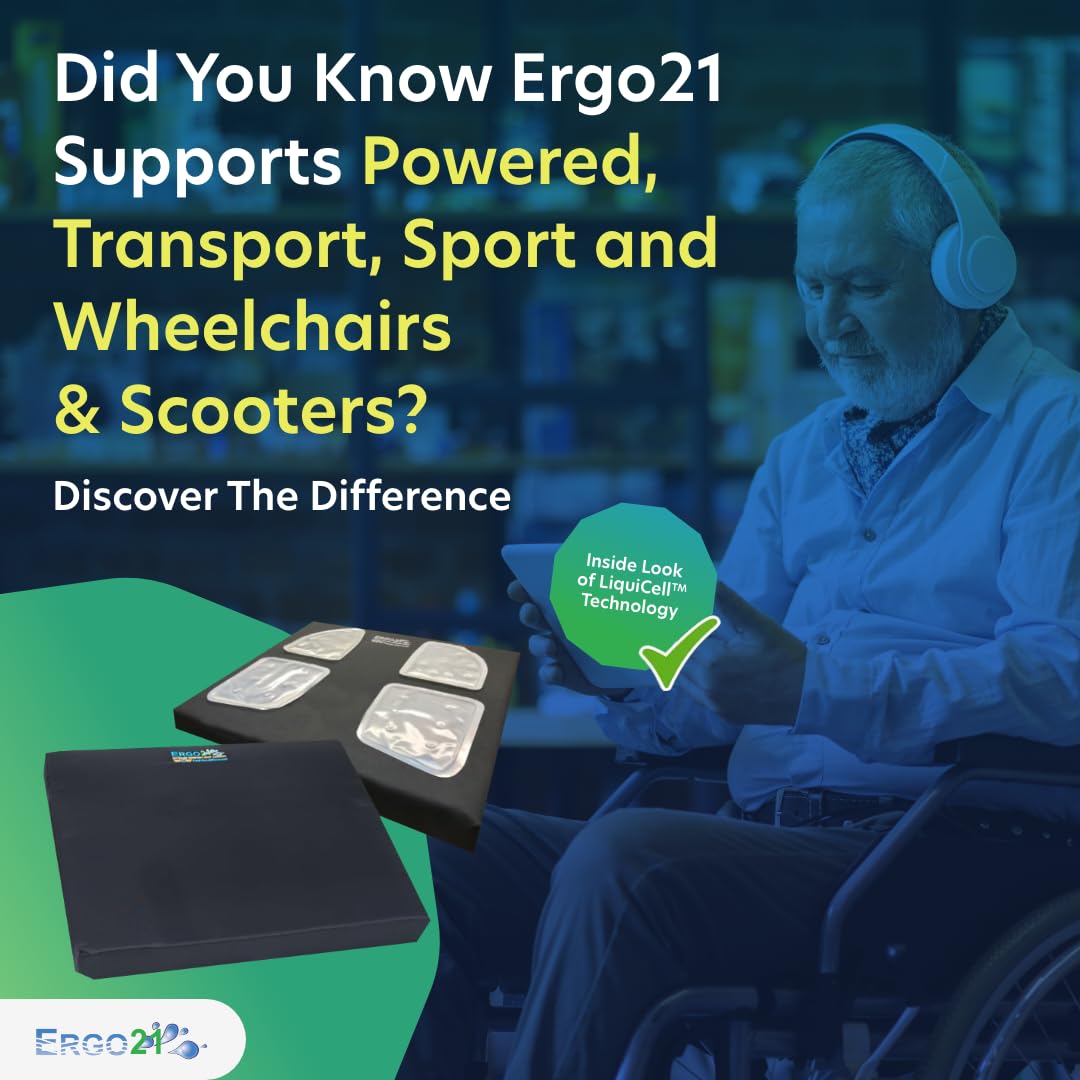
Free Shipping US orders over $99
Everyone gets back pain once in a while. But what do you do once it starts? Here’s 5 ways to manage occasional bouts of back pain:
#1 – Rest – but just a little
If your back hurts, take a rest. Lie down and avoid overusing your back muscles for a while. This doesn’t mean stay in bed for a week. In fact, too much rest can make your back pain worse. After a short break, get up, move around, and stretch. You’ll find it actually helps reduce that nagging backache.


#2 – Medications
Today, there are a wide variety of medications to choose from to treat back pain. Some drugs relieve pain, reduce inflammation, and relax muscle spasms. Many are available over-the-counter at your local drug store or pharmacy. Other medications require a doctor’s prescription.
• Acetaminophen (Tylenol® and other brands)
• Non-steriodal anti-inflammatory drugs, or NSAIDs (aspirin, ibuprofen, Naproxen®, and many more)
• COX-2 Inhibitors (such as Celebrex®)
BEST ORTHOPEDIC CUSHIONS – HOME, CAR TRAVEL, OFFICE AND WHEELCHAIR!

#3 – Cold/Heat therapy
Cold therapy can help reduce inflammation, muscle spasm, and pain. Cold therapy may be recommended immediately following a sprain or strain. Apply cold to your back using cold packs, ice cubes, iced towels/compresses, or take a cool bath.
Apply heat to your aching back by using a hot compress, a dry or moist heating pad, or hydrotherapy (hot bath). Heat therapy can help decrease muscle spasms, relax tense muscles, relieve pain, and can increase range of motion.
A good general rule if you are unsure whether heat or cold would be better is does it make your back feel better when you apply it? If you feel better then it is working. Remember, never apply cold or heat/hot therapies directly on your skin – wrap it in a towel first.
Wrap-It Hot/Cold Pack from Relax The Back
Visit www.relaxtheback.com

#4 – Massage
Massage is a popular therapy that can help relieve muscle tension, spasms, inflammation, aches, stiffness, and pain. It can also help improve circulation, flexibility, and range of motion. Massage can be administered by a professional (massage therapist) or you can give yourself a mini-massage using hand-held massagers that can help increase blood flow and relieve pain.
#5 – See Your Doctor
The most important thing to remember about periodic bouts of back pain is that if they occur more and more frequently, increase in duration (more than a few days), or the pain starts to interfere with your usual activities, it’s time to see your doctor. It could be more than just a minor strain.
The good news is that most back problems can be treated with non-surgical methods. Back problems that go untreated may get worse and could cause serious health consequences.
Brian R. Subach, MD
In the above article by Dr. Orr, one of the most common medical questions is addressed. Quite simply, how does one deal with the onset of acute low back pain? The problem affects millions of Americans each year and raises even more questions. Heat or ice on my back? Exercise or bedrest? Anti-inflammatory medications or muscle relaxants? This article describes standard interventions which form the basis of our initial decision-making. The emphasis is appropriately on conservative management, but do not hesitate to seek the advice of a spinal specialist.
4 Park Newport
Newport
Beach, CA 92660
Monday To Thursday
9am to 5pm
Copyright © 2025 ergo21. All rights reserved.